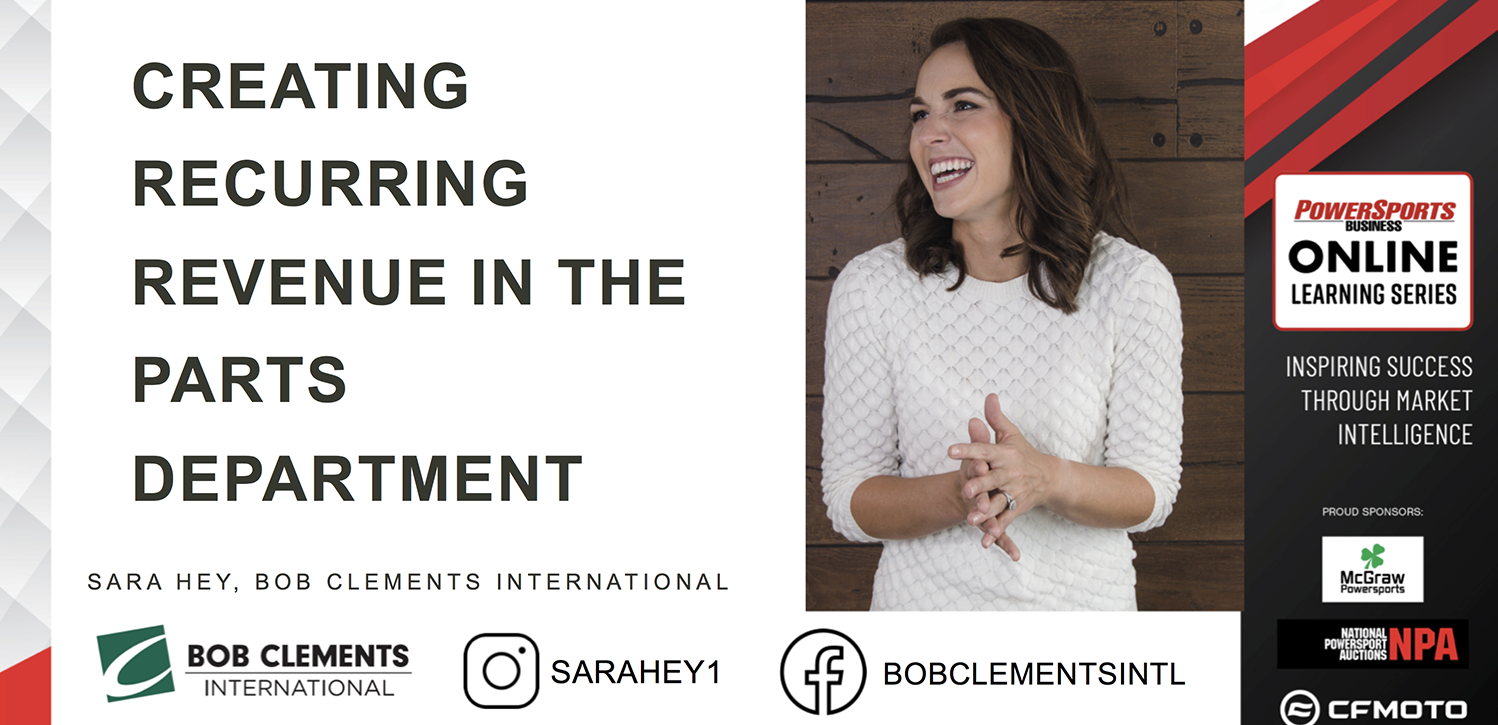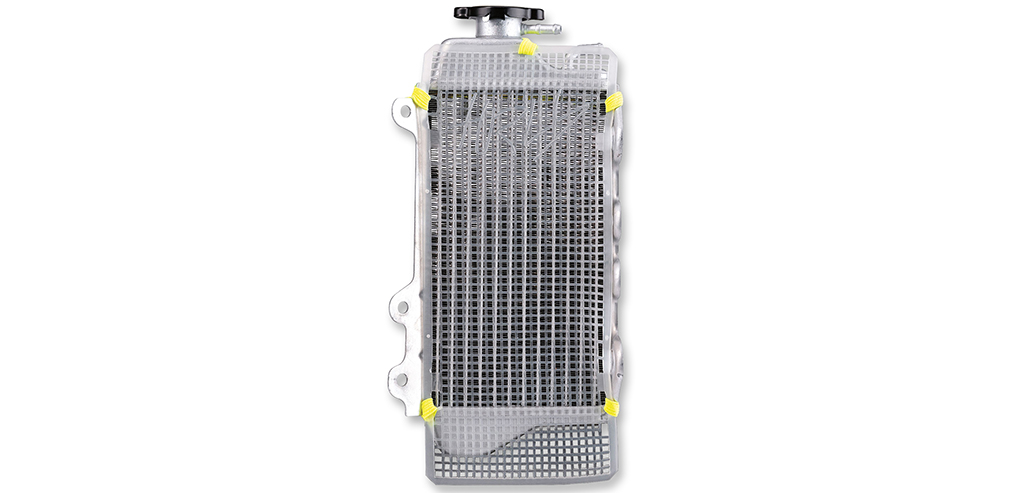The top ridiculous merchandising rules dealers think are law
 I have had the privilege to travel all over the U.S. – and that includes Alaska and Hawaii. And in 24 years of visiting stores and working with dealer staff on visual merchandising, I have been into every size and kind of powersports retail store there is. But with all the diversity in regions, locations, sizes and budgets, there are always some of the most ridiculous rules applied to the stores’ visual merchandising planning – and consistently too. So please, sit back, take a moment of your time, and let me share the rules you have set and why they cost you sales.
I have had the privilege to travel all over the U.S. – and that includes Alaska and Hawaii. And in 24 years of visiting stores and working with dealer staff on visual merchandising, I have been into every size and kind of powersports retail store there is. But with all the diversity in regions, locations, sizes and budgets, there are always some of the most ridiculous rules applied to the stores’ visual merchandising planning – and consistently too. So please, sit back, take a moment of your time, and let me share the rules you have set and why they cost you sales.
Rule: Use fixtures and displays high enough to block the view of the entire showroom.
Why this costs you money:
- Fixtures vary in size and are generally not designed to block the employees’ views of the showroom, but some fixtures are taller than the average person’s chest height. Tall fixtures should be merchandised on their own and not clustered with multiple tall fixtures. Taller displays and fixtures should be in the center of a department or off of a wall or post. When a tall fixture – like a helmet display or T-shirt tower – is centered in the showroom, it allows you to see around it.
- You need visual interest. Fixtures that are all the same type and height do not create a space that is interesting. It is a merchandising style that comes from large format discount retailers like Kmart and J.C. Penney from the ‘60-‘90s era. Even these large discount retailers have changed their merchandising styles and use fixtures and POP that is varied in height, color, shape and size to attract customers.
Rule: Gloves (or any small items, such as tools, headsets, etc.) need to be displayed behind the parts counter, or they will be stolen.
Why this costs you money:
- People who steal don’t let obstacles like location keep them from getting what they want. Yes, items that are convenient and not as secure are more likely to be taken, but this happens more often because of the lack of salespeople that are working with consumers and are all over the sales floor.
- Gloves can be near the parts or cash wrap area and still be watched by dealership staff or located with the brand of apparel they coordinate with and on a fixture that is on the aisle way which is also visible to dealer staff.
- Keep in mind, if real buyers can’t get to them, they don’t sell as well. And If I really want to steal them, I will find a way, and your wall display won’t deter me. All dealers get gloves stolen at some point every so often; you should always expect some shrinkage from customers. Just remember, more glove sales make up for a couple of stolen pairs.
Rule: We can’t stock a brand or product that has a high cost because we don’t have those customers.
Why this costs you money:
- A store that is stocked with just low price merchandise really has little value to most consumers. Customers understand that not all products are equal in value or retail costs. Usually consumers won’t spend on top line products or brands in your store because they don’t know the brand or product well and/or the store’s sales staff is not experienced with the brand or product. It comes down to confidence, either the customers feel confident the product is worthy, or your sales presentation proves value to them.
- Having high dollar product on display has a great effect. One example is an $800 Arai helmet on the shelf attracts the customer and sets the bar higher. When the customer is then shown a $400 or $500 helmet with similar features, it looks like a more reasonable deal, and most of the time, the customer buys the middle price point rather than just purchasing the $189 one. You don’t see the local Chevy dealer excluding the Corvettes or SS Camaros from the lot just because they sell more Malibus; they don’t assume their customers won’t buy those cars.
- High dollar products and brands attract customers from retailers that won’t stock higher value products.
- High dollar products won’t sell as often generally, but they do make a great profit for your department. Sometimes the margin is lower, but you make a lot more dollars per sale. The owners love those profits!
I have plenty more of the ridiculous retail and visual merchandising rules to share. I would love if you would give me some of your store’s rules you believe are the gospel, and I will give you reasons why they are costing you money. All comments are welcome here.
The key to great merchandising and higher profits is product location, visibility and accessibility, a reasonable selection and an assortment of goods for a wide variety of shoppers. If you treat your customers like they are criminals, or not capable of buying quality products, then why should they spend time and money with your store?




